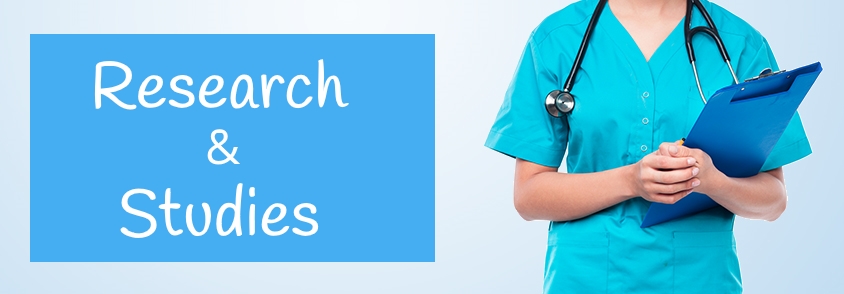
A collection of light therapy research articles on the benefits of light therapy use for acne.
NOTE: Researchers use several terms to describe “light therapy”. Photobiomodulation, low level light therapy (LLLT), phototherapy, photon therapy, photo energy, heliotherapy, and sometimes red, blue or (near) infrared radiation are synonymous; they all refer to light therapy.
LED Light Therapy is here to stay for wound healing, pain control, inflammatory acne and skin rejuvenation
This study published by the Department of Dermatology in Kangbuk Samsung Hospital cited that if low level light therapy was delivered with an appropriate wavelength and energy density, then the potential for a significant effect exists. It was also noted that infrared light is associated with improved blood flow and neovascularization (new blood vessel growth or angiogenesis). Based on these factors, the following are the clinical applications:
- Accelerated wound healing, particularly non-healing wounds through collagen formation, with ‘quicker and better’ wound healing
- Pain and inflammation, including pain that occurs post-surgery and particularly where edema and inflammation are involved and where many states of inflammation can be significantly reduced. Human patients were presented to show the benefits on treatment-resistant inflammatory disorders
L.E.D. Low Level Light Therapy “as an adjunct to conventional surgical or nonsurgical indications is an even more exciting prospect. LED-LLLT is here to stay”.
Safety of acne treatments need to be considered
The Department of Dermatology, at the Wake Forest University School of Medicine in North Carolina, makes a strong argument for prescribing physicians and practitioners to be aware of the potential side effects; from local irritation with topical treatments to systemic side effects including liver function abnormalities and teratogenic side effects. This study reviews common acne treatments including benzoyl peroxide gel, topical retinoids, topical antibiotics, oral antibiotics, hormonal therapy, isotretinoin, and light/laser treatments. Since light therapy has shown to be very safe, it would make sense that we should look into moving this up in the pedigree of standard of care for acne patients.
Phototherapy with Blue and Red light in the treatment of acne vulgaris
2000, British Journal of Dermatology, Research Article
This study found that phototherapy with mixed blue and red light, probably by combining antibacterial and anti-inflammatory action, is an effective means of treating acne vulgaris of mild to moderate severity, with no significant short-term adverse effects.
© Trina Waller and Western Canadian Health Products Ltd., 2014 - 2017. All rights reserved. Unauthorized use and/or duplication of this article, and the material contained within, without express written permission from this blog’s author and/or owner is strictly prohibited. Excerpts and links may be used, provided that full and clear credit is given the post author, Western Canadian Health Products Ltd., and WholeHealthatHome.com, with appropriate and specific direction to the original content.
Disclaimer: The content of this website is provided for informational purposes only. It is not intended as medical advice and should not be construed as such. Light devices are not intended to cure, treat, or prevent any disease or illness. If you have a disease or illness, consult with your physician or health care provider prior to using any light device. Use only as directed by manufacturer.
